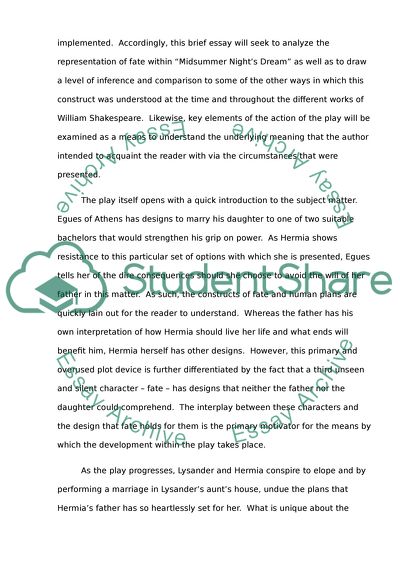Cite this document
(“Representations of Fate in William Shakespeares Midsummer Nights Dream Research Paper”, n.d.)
Retrieved from https://studentshare.org/literature/1464468-fate-in-a-midsummer-night-s-dream
Retrieved from https://studentshare.org/literature/1464468-fate-in-a-midsummer-night-s-dream
(Representations of Fate in William Shakespeares Midsummer Nights Dream Research Paper)
https://studentshare.org/literature/1464468-fate-in-a-midsummer-night-s-dream.
https://studentshare.org/literature/1464468-fate-in-a-midsummer-night-s-dream.
“Representations of Fate in William Shakespeares Midsummer Nights Dream Research Paper”, n.d. https://studentshare.org/literature/1464468-fate-in-a-midsummer-night-s-dream.


